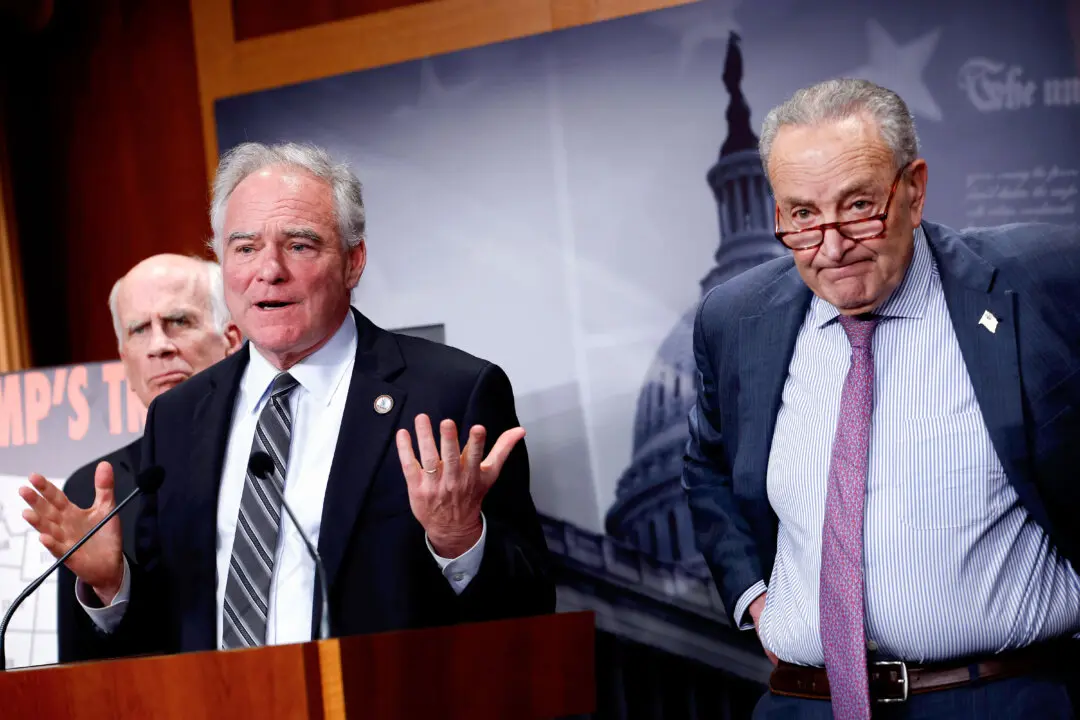Layoffs announced by U.S.-based employers soared in March to the highest level since the onset of the COVID-19 pandemic, with government job cuts accounting for most of the headcount reduction.
Last month’s planned layoffs were up by 60 percent from February and 205 percent from a year ago, when 90,309 job cuts were reported.
Most of the March cuts were due to a reduction in the public workforce as Department of Government Efficiency-related actions are beginning to take effect in the U.S. labor market. The government led all sectors with 216,215 job cuts.
“Job cut announcements were dominated last month by Department of Government Efficiency [DOGE] plans to eliminate positions in the federal government. It would have otherwise been a fairly quiet month for layoffs,” Andrew Challenger, a senior vice president at the firm, said in a statement.
Challenger confirmed that it tracked 280,253 announced reductions of federal workers and contractors affecting 27 agencies. Additionally, 4,429 intended layoffs resulted from the downstream effects of ending contracts and trimming federal assistance.
The report also noted that researchers attempted to monitor the ongoing developments in federal layoff plans.
“Challenger did not count probationary employee cuts as a whole and therefore, did not include the recalled probationary employees in its hiring totals. It is possible that some probationary employees were included in individual agency layoff plans,” the report reads.
The Trump administration tried to eliminate thousands of probationary employees, but court filings show that 24,000 were recalled.
Technology companies and retailers were next on the list, recording 15,055 and 11,709 cuts, respectively.
Overall, employers have announced nearly half a million job cuts in 2025, the highest year-to-date and quarterly total since the first three months of 2009.
Challenger noted that several sectors have been affected by newly imposed tariffs and have started responding to changes in U.S. trade policy.
Automakers, for example, have announced nearly 7,200 layoffs this year, up by 28 percent from the first quarter of 2024. Retail slashed nearly 58,000 positions in the January–March span, up by 370 percent from the same time last year.
Watching the Labor Market
The March jobs report will be the main event on April 4. It will offer a snapshot of the cooling yet stable U.S. labor market amid the administration’s various policy changes.The consensus forecast indicates that 140,000 new jobs were created last month, and the unemployment rate was unchanged at 4.1 percent.
So far, the sizable government layoffs have not appeared in the broader economic data.
Initial jobless claims—the number of people filing for unemployment benefits for the first time after losing employment—declined by 6,000 to a lower-than-expected 219,000 for the week that ended on March 29.

In the private sector, businesses accelerated their hiring endeavors.
Payroll processor ADP reported that private companies added 155,000 positions in March from an upwardly adjusted 84,000 in the previous month. This topped the market estimate of 105,000.
Recent small business surveys have presented mixed expectations for the U.S. economy.
Small businesses’ economic confidence is soaring, according to Michael Seifert, CEO of PublicSquare.
“These businesses have gone from gloom to boom in a big way,” Seifert said in a statement. “These are the sentiments of America’s frontline small businesses. You won’t find these survey respondents in Manhattan corporate boardrooms or Silicon Valley c-suites, but rather on main streets in towns all across America.”
Both surveys suggest that inflation remains a top concern for employers.







